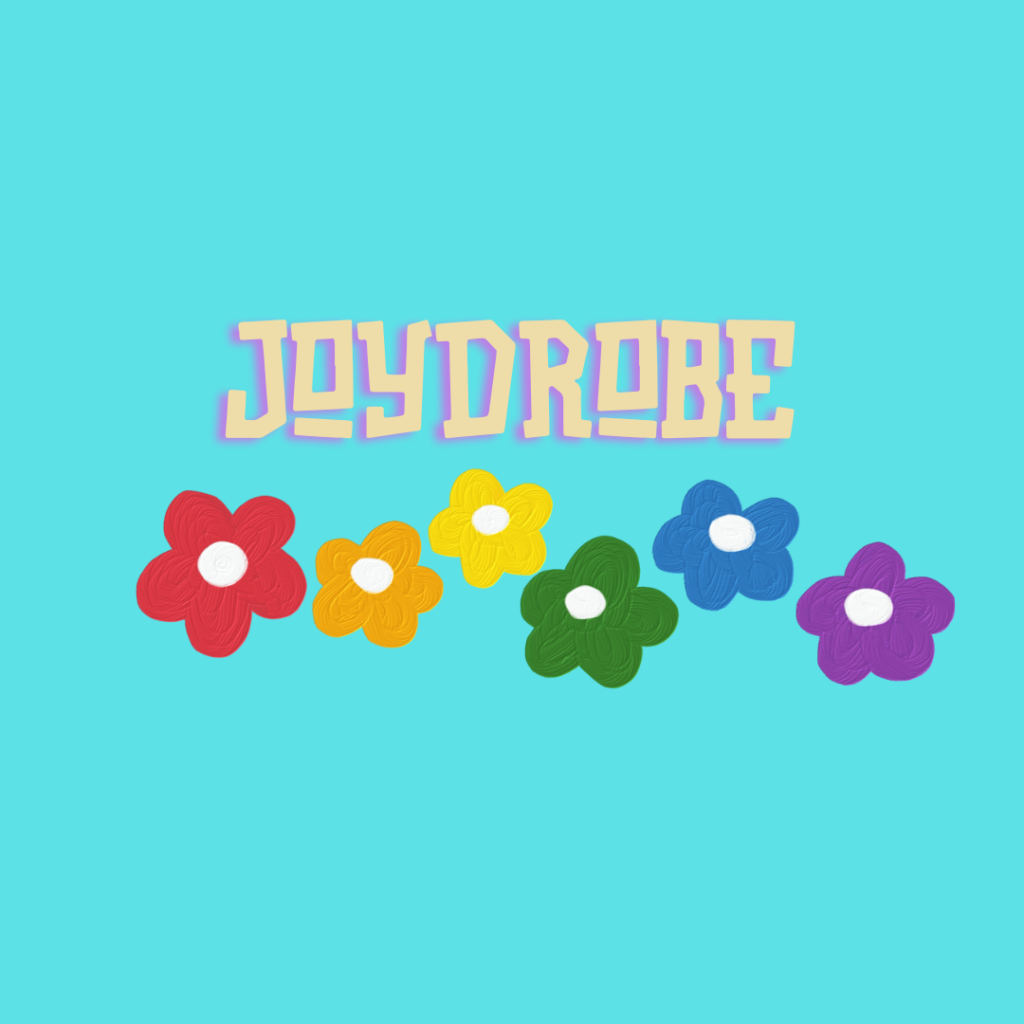The Power of Color in Fashion: Influencing Style and Perception

Color is an essential element in fashion, acting as a powerful tool that influences not just aesthetics but also emotions, perceptions, and social signals. From the bold hues of haute couture to the subtle tones of everyday wear, color choices can define the essence of an outfit, reflect cultural trends, and convey deep psychological meanings. Understanding the role of color in fashion allows designers and consumers alike to harness its potential to create desired impressions and expressions.
The Psychology of Color
Color psychology delves into how different hues affect human behavior and feelings. For instance, red is often associated with passion, energy, and excitement. It’s a color that can evoke strong emotions, making it a popular choice for statement pieces and evening wear. On the other hand, blue is seen as calming and trustworthy, making it a staple in professional attire.
Yellow, representing happiness and optimism, is often used in spring and summer collections to convey a sense of brightness and warmth. Green, symbolizing nature and tranquility, is frequently incorporated into designs aiming to promote relaxation and balance. Black and white, the timeless classics, offer versatility and sophistication; black exudes elegance and mystery, while white stands for purity and simplicity.
Cultural Significance of Color
Colors carry different meanings across cultures, which can significantly influence fashion choices and trends. In Western cultures, white is traditionally worn by brides to symbolize purity and innocence. However, in many Eastern cultures, such as in China and India, red is the color of choice for brides, symbolizing prosperity and good fortune.
Black is often associated with mourning in Western cultures, but in Japan, white is the traditional color for mourning attire. These cultural differences highlight the importance of understanding color symbolism in a globalized fashion market.
Trends and Seasonal Palettes
Fashion trends are cyclic, with colors playing a pivotal role in defining each season’s collections. Designers often follow the Pantone Color Institute’s predictions, which forecast trending colors that will dominate the fashion industry. For example, Pantone’s Color of the Year can heavily influence the color palettes used in seasonal collections.
Spring and summer collections typically feature vibrant, lively colors that reflect the blossoming and energetic nature of these seasons. Autumn and winter collections, conversely, tend to incorporate richer, deeper hues that convey warmth and coziness. The transition of colors through the seasons not only follows natural changes but also aligns with the evolving mood and activities of consumers.
Personal Expression Through Color
Individuals use color to express their personality, mood, and style. A person drawn to bold, bright colors might be perceived as confident and outgoing, while someone who prefers neutral tones might be seen as sophisticated and reserved. This personal expression is evident in street fashion, where individuals mix and match colors to create unique styles that stand out or blend in as desired.
Fashion influencers and celebrities often set color trends, showcasing how different shades can be styled in innovative ways. Social media platforms amplify these trends, allowing colors to gain popularity quickly and influence a broad audience.
Sustainability and Color in Fashion
As the fashion industry becomes more conscious of environmental impacts, sustainable practices in color usage are gaining traction. Natural dyes and eco-friendly dyeing processes are being explored to reduce the harmful effects of synthetic dyes on the environment. This shift towards sustainability is influencing color choices, with earthy tones and natural shades becoming more prevalent.
In conclusion, color in fashion is far more than a mere aesthetic choice; it is a dynamic tool that shapes perceptions, communicates messages, and reflects cultural values. Whether through the psychological impact of hues, the influence of cultural significance, the cyclical nature of trends, or the push towards sustainability, color remains a central element in the ever-evolving world of fashion. Understanding and utilizing the power of color can transform fashion from a mere act of dressing to a profound statement of identity and intent.

